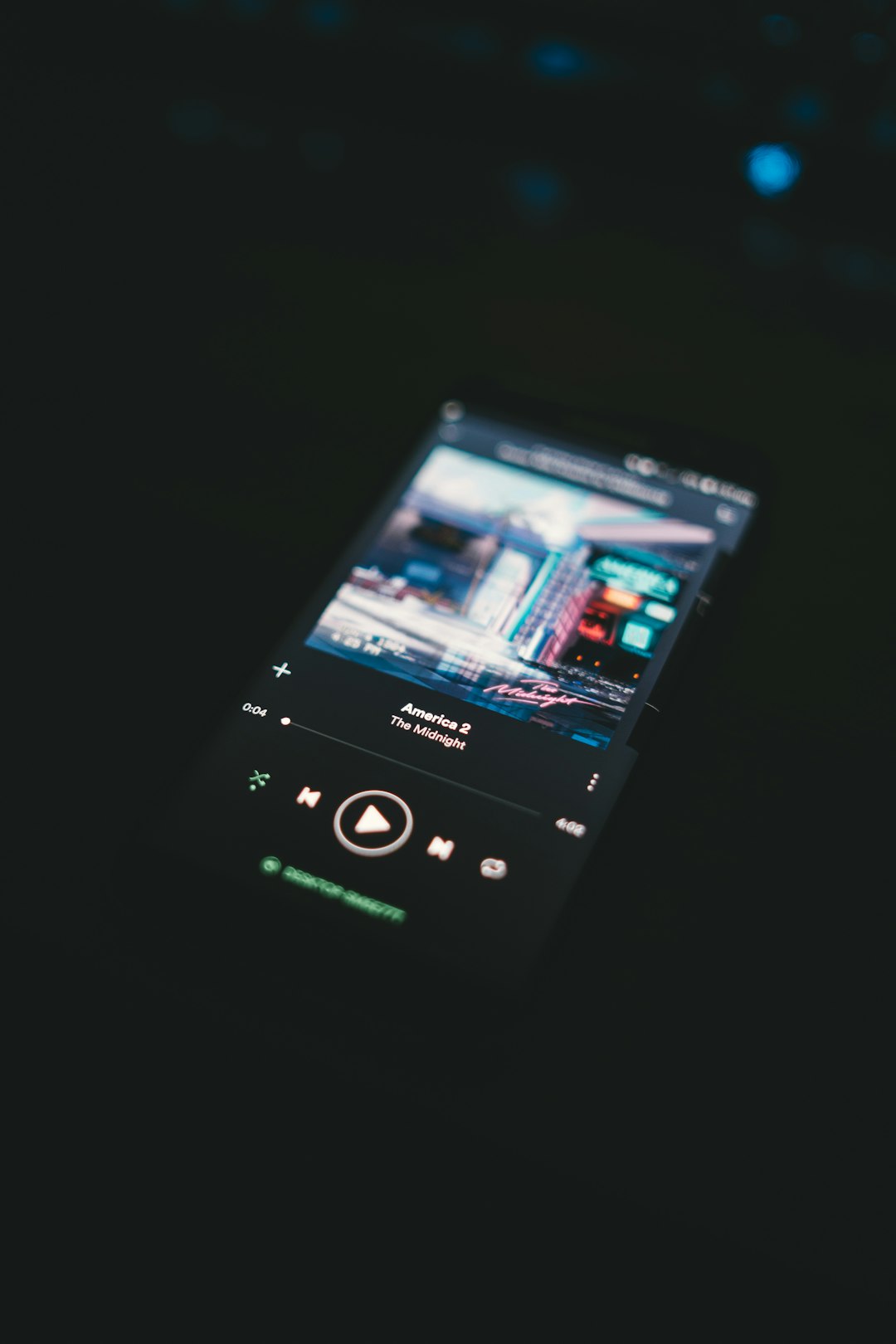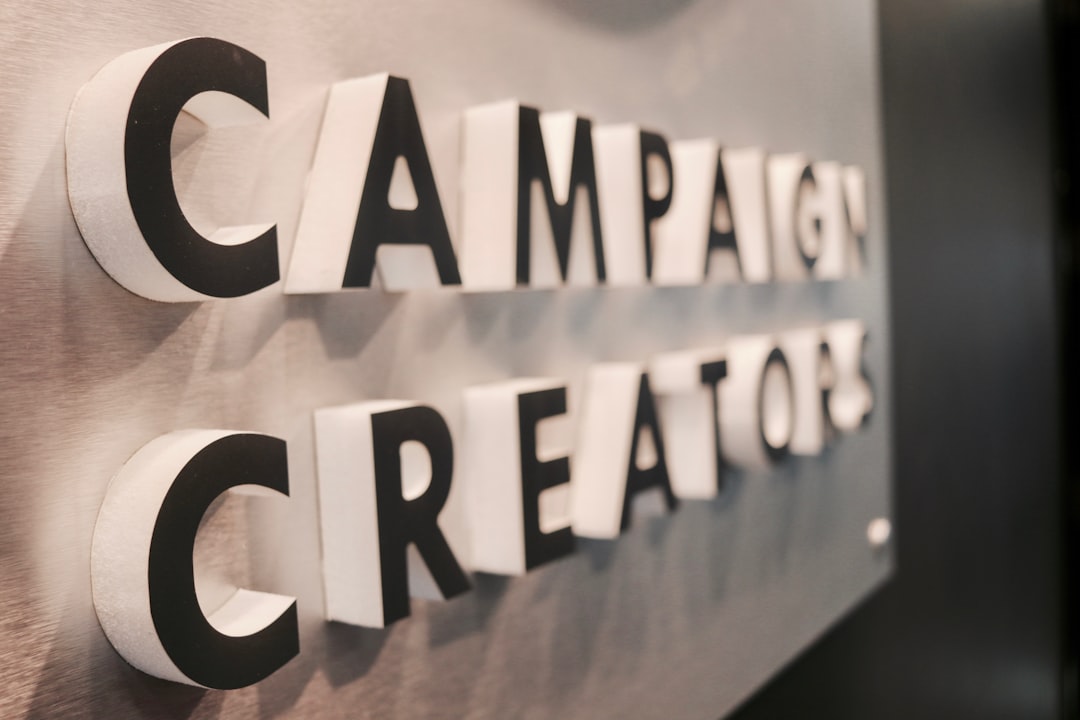In today’s digital age, logos appear on diverse types of screens and environments—from dazzling OLED displays on smartphones to signage exposed to direct sunlight. Ensuring your brand’s logo maintains its visual efficacy across varied platforms is critical for recognition, trust, and professionalism. This task, however, is not as straightforward as simply designing a “pretty” logo. It requires technical considerations, environmental testing, and thoughtful design choices to maintain *readability* and *impact*.
TL;DR: If you want your logo to be readable on both OLED screens and in bright sunlight, focus on high contrast, scalable vector formats, and color choices that mitigate glare or overly saturated displays. Test your logo across multiple screen types and lighting conditions and create multiple variations, including outlined and monochrome versions. Don’t rely solely on thin lines, transparency, or low-contrast color combos. Consider incorporating responsive design techniques that adapt the logo to the device and environment.
Table of Contents
Why OLED and Sunlight Present Unique Challenges
Modern OLED (Organic Light-Emitting Diode) displays can reproduce incredibly deep blacks and vibrant colors. While that’s great for images and dynamic visual content, it can pose problems for logo readability, especially when the logo includes subtle color gradients or thin lines. OLED screens can also exhibit “burn-in,” so repetitive display of the same logo could literally leave a lasting imprint.
On the other hand, bright sunlight reflections can completely wash out logos on physical signage or outdoor screens. Logos with insufficient contrast or low-background separation may fade into invisibility. Also, some displays tend to dim automatically in strong light to preserve energy, further reducing visibility.
Key Design Considerations for Readability in Variable Conditions
- Contrast is King: Always start by ensuring there’s a high level of contrast between foreground (logo elements) and background.
- Avoid Transparency: Semi-transparent elements may look great in studios but often become nearly invisible in outdoor or high-glare contexts.
- Bold Simplicity: Use bold lines and visibly distinct shapes. Intricate or overly decorative logos can lose detail on small or high-glare displays.
- Color Testing in Different Environments: Simulate your logo against light and dark modes, bright sun, dim OLEDs, and grayscales.
Designing Logos for OLED Screens
What makes OLED tricky is also what makes it beautiful. These screens boast better contrast and deep blacks—but also tend to oversaturate colors and make thin elements flicker or disappear. Here are key tips when optimizing for OLED:
- Stick to Vectors: Use SVG or other scalable vector formats instead of rasterized images. This ensures resolution won’t affect clarity on high-density OLED devices.
- Fix Thin Strokes: Thin lines often fade into the background on high-resolution screens. Opt for thicker paths—at least 2-3px for most desktop or mobile displays.
- Dynamic UI Integration: If your logo is used in an app interface, design a version that reacts to the system’s light or dark mode dynamically.
- Monitor Sustainability: While designing for OLED, consider how logo elements may appear in dimmed states or with screen protectors and other accessories.

Designing for Bright Sun and Outdoor Visibility
Outdoor visibility is not just about color—it’s about glare, material finish, and surface orientation. A beautifully detailed logo may completely wash out when sunlight hits it directly.
Here’s how to ensure readability outdoors:
- High Saturation Colors: Use pure reds, deep blues, and vibrant yellows that stand out even in sunlight.
- Light Bordering: Employ white or opaque outlines around the logo to create separation from varied backgrounds.
- Non-glossy Materials: For signage or prints, prefer matte finishes to prevent light reflection.
- Test Print Proofs: Always evaluate your physical logo prints under real-world lighting before final deployment.
Also, consider the environment. A logo designed to appear on snowboards will need very different lighting considerations than one placed outside a corporate building in a tropical climate.

Multiple Versions for Maximum Versatility
Top global brands often maintain at least 3-5 versions of their logo for deployment under different conditions—and for a good reason. A single version cannot satisfy all readability needs.
Here are the most useful versions to maintain:
- Full Color: For optimal display scenarios like print or digital applications in standard lighting.
- Monochrome: For grayscale or black-and-white environments, such as faxes, engravings, or simplified product labeling.
- Outlined and Inversed: Special versions where foreground and background colors are swapped or outlined for contrast on complex backgrounds.
- Icon/Compact Version: Perfect for mobile app icons, favicons, and other tiny implementations.
Keeping these versions in an organized brand asset library can save time and headache when scaling across platforms.
Responsive Layout and Smart Deployment
Responsive logo design is no longer just a UX designer’s concern—it’s essential for brand consistency across screen sizes and ambient conditions. A logo in a smartwatch app faces different spatial and lighting limitations than one displayed on a billboard.
With smart CSS or conditional rendering tools, you can automatically serve different logo versions depending on:
- Device type (mobile, desktop, tablet)
- Screen brightness or system-wide light/dark theme
- User location and time-of-day using geolocation data
Moreover, smart deployment through SVG manipulation or canvas rendering allows seamless swapping between light and dark versions for optimal visibility.
Testing Your Logo: Non-Negotiable Best Practices
Before any logo rollout—digital or physical—it must undergo rigorous testing. This includes, but is not limited to:
- Mobile Device Tests: Test on multiple branded OLED devices (Samsung, Apple, Pixel).
- Physical Mockup Checks: Print and evaluate under direct sunlight or use backlit signage if applicable.
- Low-Connection Simulation: Simulate slow networks where low-res versions might load. Does your logo hold up?
- Colorblindness Filters: Run accessibility tests to confirm color combinations meet contrast guidelines, especially for users with visual impairments.
Final Thoughts
Your logo is your brand’s handshake—it introduces you, invites engagement, and remains memorable across time. To trust that handshake in all climates and screens, you’ve got to design it not just beautifully, but functionally. Keep testing, keep updating, and most of all, keep your users in mind across all conditions.
Frequently Asked Questions (FAQ)
- Q: Can I use gradients in logos for OLED or outdoor use?
A: While gradients can look modern, they can become indistinct on OLED screens or outdoor implementations. If you use gradients, test them under varied lighting and always prepare flat variants as backups. - Q: Is white text on a black background a safe choice?
A: Typically yes, especially on OLED screens where blacks are true black. However, in full sun, black backgrounds may absorb too much glare. Always test both options. - Q: How do I design for dark mode vs light mode?
A: Prepare two logo versions: one for dark backgrounds (with bright foregrounds) and one vice versa. Use CSS or JavaScript to detect and swap logos based on the system preference. - Q: What file types are best for scaling without quality loss?
A: SVG is the most recommended format for digital designs. It’s resolution-independent and ideal for responsive environments. - Q: How often should I review my logo design?
A: Every 2-3 years or when new technology (like foldable screens or AR interactions) becomes mainstream. Regular audits keep your brand up to date.
